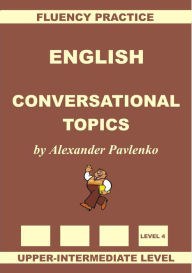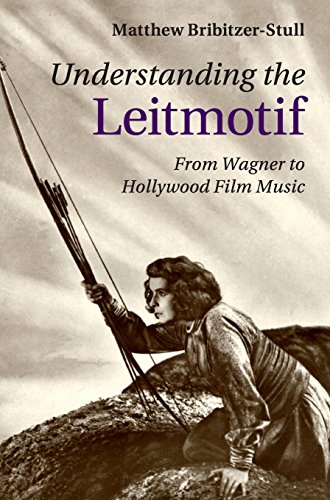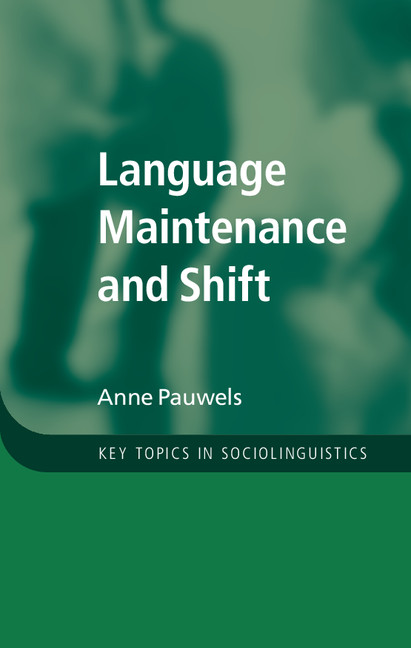Connecting Readers to Multiple Perspectives: Using Culturally Relevant Pedagogy in a Multicultural Classroom Genyne
by H. Boston
2020-04-24 04:42:25
Connecting Readers to Multiple Perspectives: Using Culturally Relevant Pedagogy in a Multicultural Classroom Genyne
by H. Boston
2020-04-24 04:42:25
Connecting Readers to Multiple Perspectives: Using Culturally Relevant Pedagogy in a Multicultural Classroom, is a book that can serve as a resourceful instructional guide to those interested in the education of today's student. It offers insightfu...
Read more
Connecting Readers to Multiple Perspectives: Using Culturally Relevant Pedagogy in a Multicultural Classroom, is a book that can serve as a resourceful instructional guide to those interested in the education of today's student. It offers insightful methods for reaching and teaching the whole student. This book introduces a unique theoretical framework, the Curriculum Connections Instructional Model™ (CCIM), designed with the student at the heart of teaching and learning. It encourages a shift in the way teachers view their role as an educator and in the types of relationships built with each student in order to help them reach their optimum best. The fluid design of this instructional model requires that educators and students constantly (re) negotiate six domains (Connection, Character, Community, Culture, Content and Critical Consciousness) in ways that encourage a continuous state of nurturing and building. The book’s introduction provides an overview of each of the six domains and how the central idea of acknowledging student culture and personal interest are crucial to genuinely connecting with students where they are and using this knowledge as a building block to content area instruction and social justice education. The chapters that follow examine both children’s and young adult literature exploring the Asian American, African American and Latino American experiences. There are four sections in each chapter. Section 1 – Introduction (Provides fundamental information about the cultural experience); Section 2 – Connection (Provides a critical literacy context for the chapter); Section 3 – Reflection (Provides teacher reflection exercises and recommendations for additional reading); Section 4 – Application (Provides interactive lessons for the classroom using the Before, During and After Reading Model). Each Application section also includes a Core Curriculum State Standard guide and a recommended readings list, which is grade appropriate. The three chapters exploring literature include information on research-based teaching methods, teacher reflection exercises, recommended readings for teachers, recommended book lists, interactive lessons with a Core Curriculum State Standard guide, and an appendix with lesson guides that teachers can reproduce for educational purposes.
Less


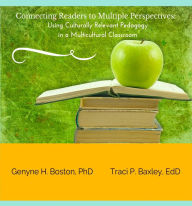



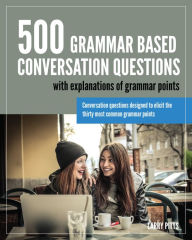

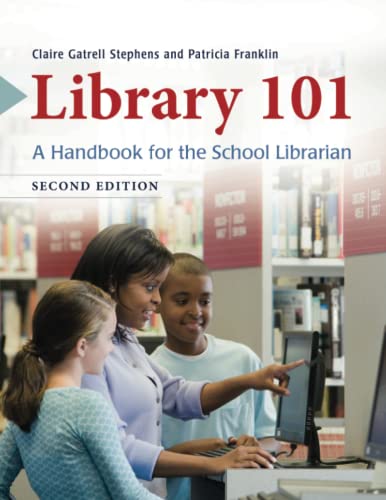





.jpg)
